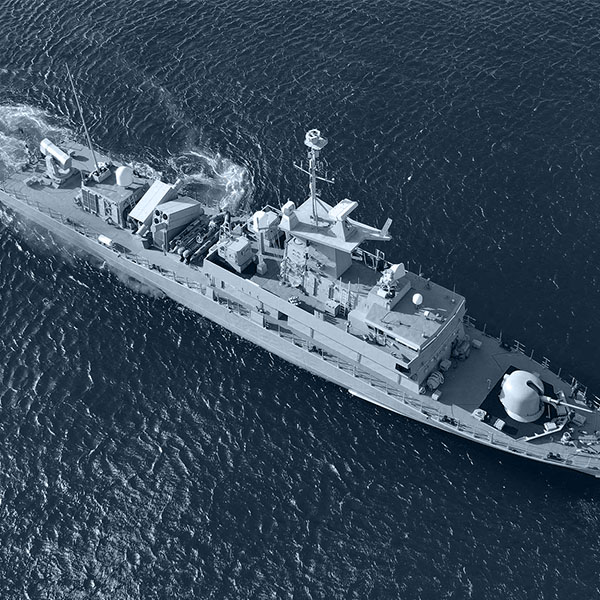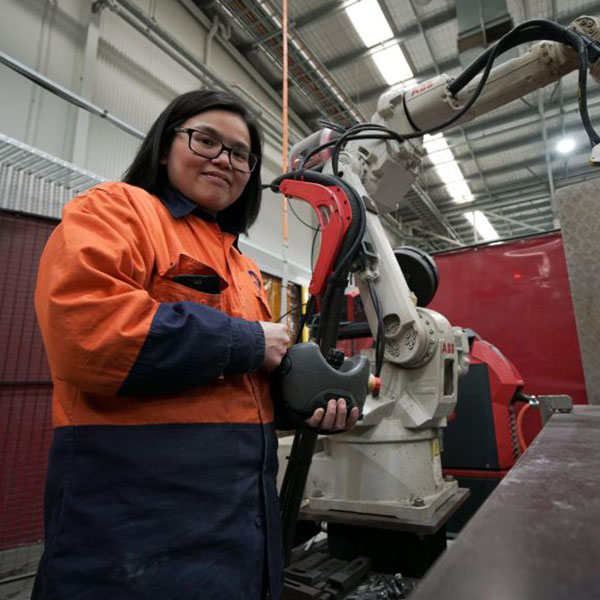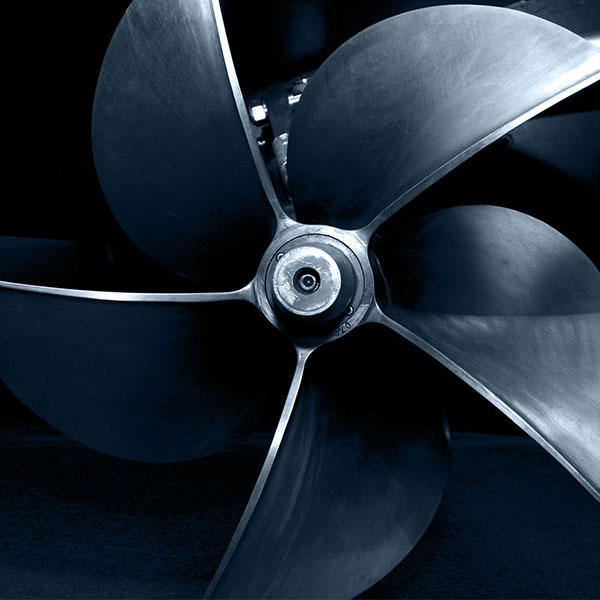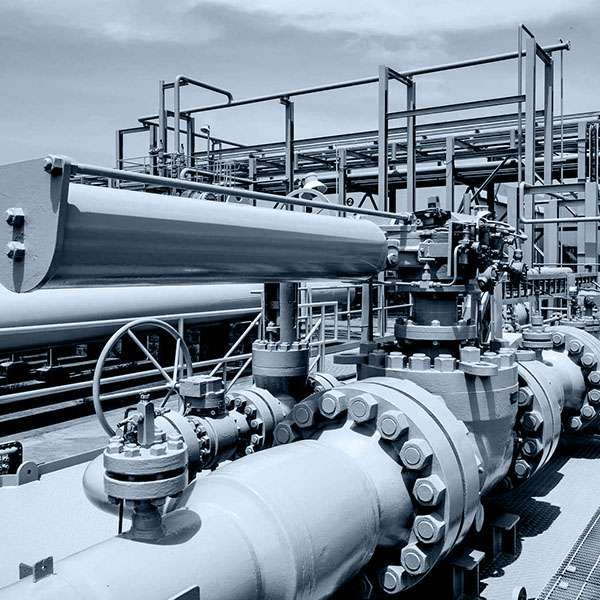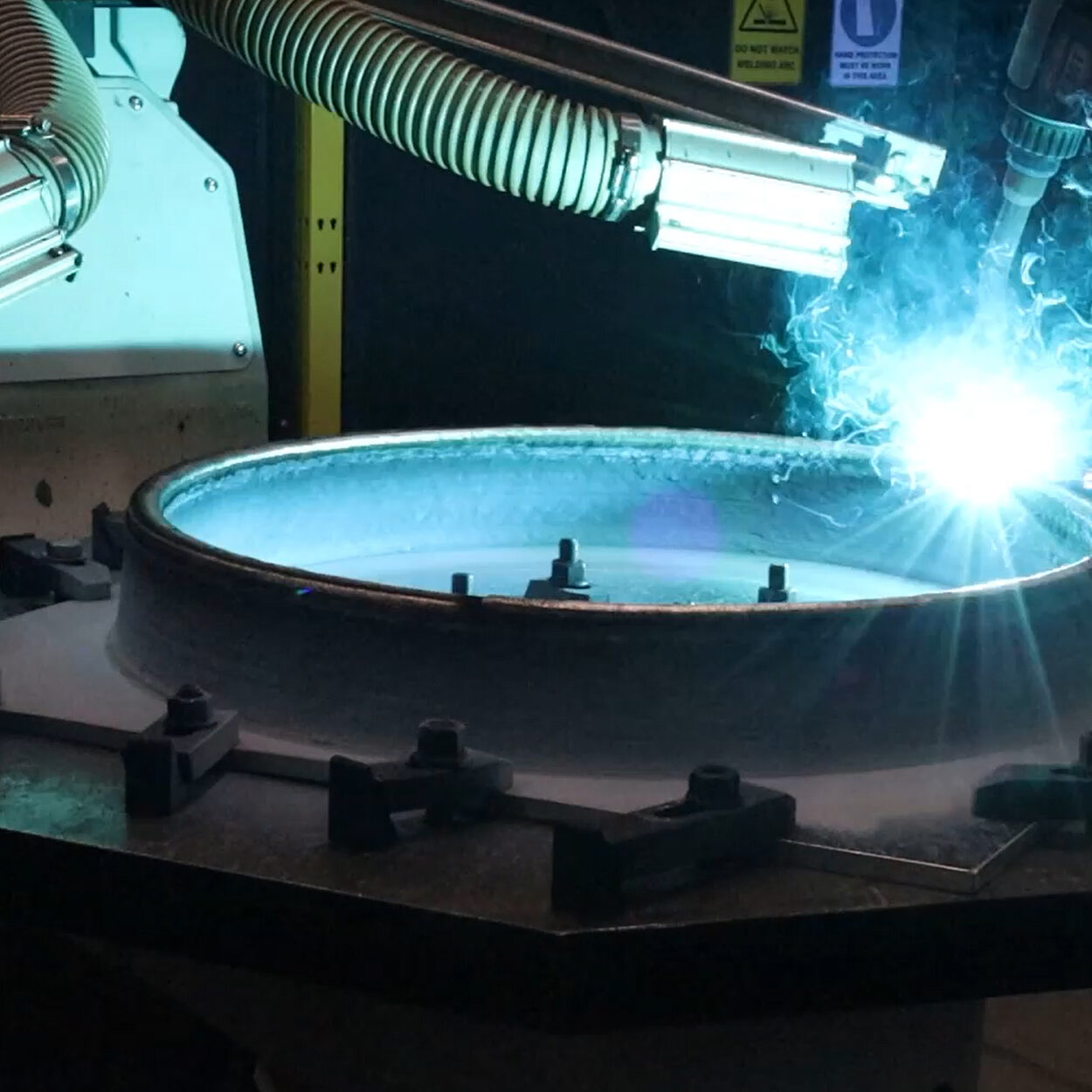
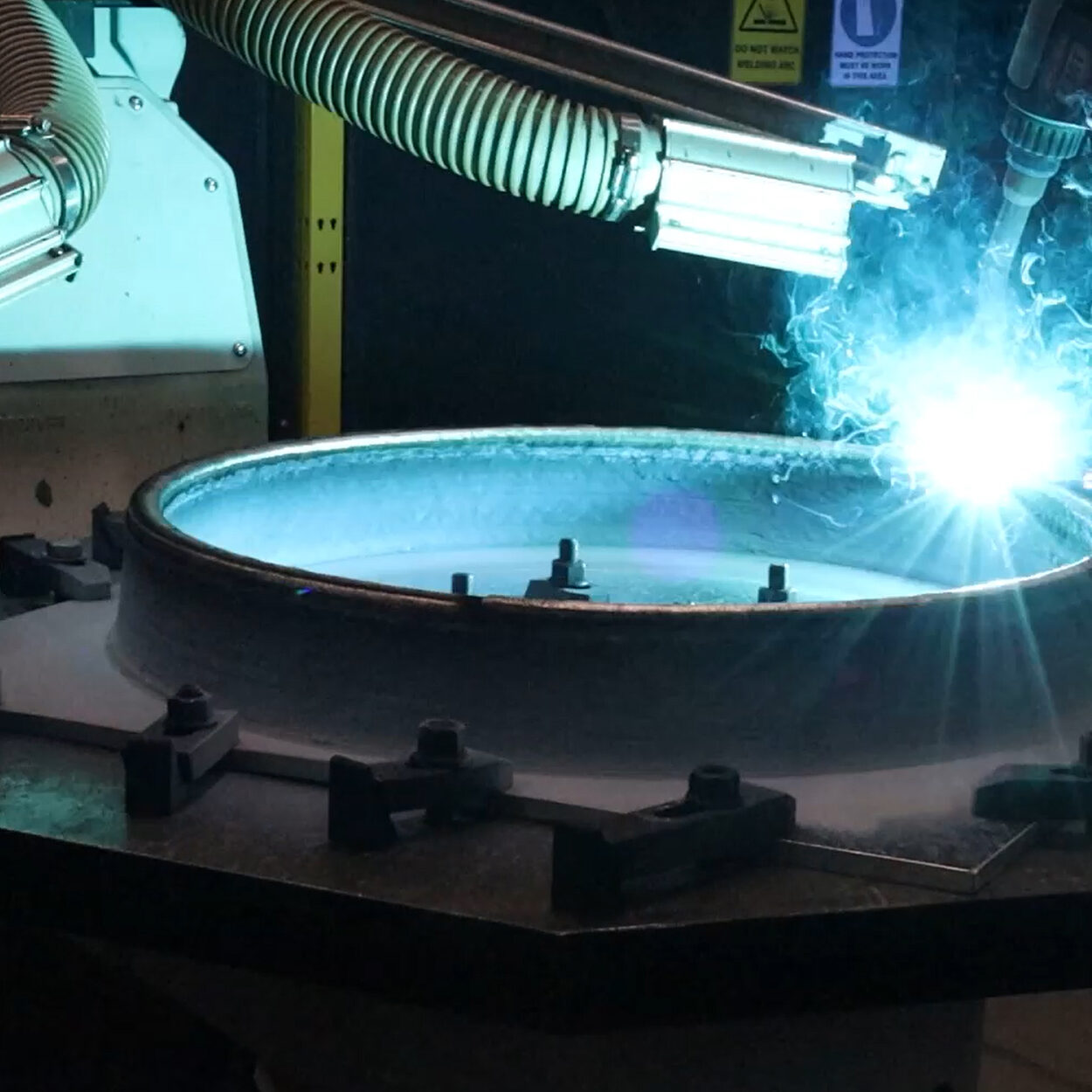
Greater Design Flexibility
ARCEMY®, which uses AML3D’s patented WAM® process, offers the aerospace industry flexibility in design and manufacture compared to traditional methods. Generally, aerospace design engineers seek a balance to maximise part performance using lightweight and high-strength-to-weight materials. In many cases, this means that designs must be optimised to minimise not only the mass of the aircraft or vessel but also consider specific material properties. At the same time, they are also finding means to improve fuel efficiency, meet sustainability targets, improve payload capability, and meet safety targets.
One of the benefits of using ARCEMY® and WAM® to produce parts is that particular print parameters can be managed to meet or improve material properties. Material testing and results can be integrated into the part engineering process, combined with Finite Element Analysis to guide how product designs can be enhanced for both new builds and obsolete parts.
Additionally, WAMSoft®, which supports ARCEMY® metal 3D printers, can shorten the prototype process by taking prepared CAD drawings, creating the slicing, identifying the path planning requirements and generating a digital print simulation to help ensure part success before any actual print production starts.
Offering Improved Buy-to-Fly Ratios
WAM®s ability to print near net, with material property design considerations, provides the aerospace industry with the opportunity to improve buy-to-fly ratios by order of magnitude—the ratio between the mass of raw material compared to the mass of the final product—a critical consideration when manufacturing with high-value material such as titanium and nickel alloys, as well as more commonly used aluminium alloys.
It has been estimated that over the next couple of decades, the aerospace industry will require approximately 20 million tonnes of raw materials to manufacture parts. With conventional manufacturing methods having high buy-to-fly ratios (in some cases up to 30:1), part producers and asset owners seek alternatives that provide low waste and energy requirements to support ESG targets while improving supply chain lead times.
If a part’s buy-to-fly ratio is 5:1 or higher when using traditional manufacturing methods, WAM® and ARCEMY® have the potential to support that part’s manufacture. In a case study focused on pushing the technology’s material waste-saving capability, AML3D achieved a material AML3D achieved a material waste saving of 95 per cent compared to billet machining. For this specific part, the traditional manufacturing buy-to-fly ratio is 462/22, therefore a 21:1. Manufacturing this item with WAM® the buy-to-fly ratio is 50/22, therefore a 2:1 ratio, or 2.3:1 to be precise.

| Subtractive | WAM® | |
|---|---|---|
| Raw Material (kg) | 462 | 50 |
| Machined Material (kg) | 440 | 28 |
| Finished Part (kg) | 22 | 22 |
| Finished Part (kg) | 22 | 22 |
| Machining Time * (hr) | 97 | 6 |
| Arc On Time (hr) | – | 17 |
| Material Waste Savings | 95% |
Not only does this propeller feature 95% material waste savings when compared to billet machining, it can be made 76% quicker.

Large Format Additive Manufacturing
Many additive manufacturing processes are currently used in the aerospace industry, but few offer large-format additive manufacturing capabilities like WAM®.
WAM® and ARCEMY® are best suited to large-scale applications, particularly when considering aluminium alloys and high-value titanium and nickel products.
Current ARCEMY® industrial Wire-arc Additive Manufacturing solutions offer a minimum build space of 0.9 m x 0.9m x 1.5 m up to 1.8 m x 1.8 m x 3.2 m, with configurations offering a rotational table and a sky hook positioner to undertake symmetrical building.
Tooling without the Investment
Faster rapid tooling is a benefit for aerospace manufacturers using WAM®. Wire-arc Additive Manufacturing allows the industry to create more robust mandrels and tooling with improved accuracy and precision while reducing scrap rates, potential issues with cores and costs involved with one-use casting methods.
Using ARCEMY® to manufacture tooling ensures parts are formed to the correct shape and dimensions. Furthermore, material waste is minimised through near-net shape production. The capability of AMLSoft™ to store prints to create a digital library provides an alternative to the capital costs required for warehouse storage and mould lay-down areas. The transition to an on-demand manufacturing process saves time and financial investments.




